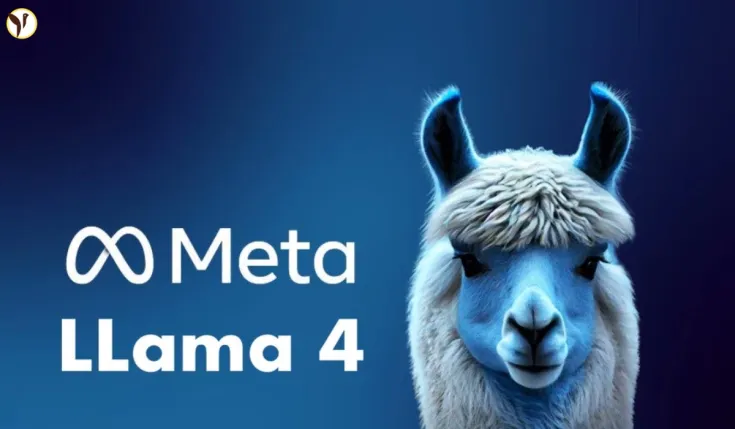Meta just dropped the latest version of its AI model—Llama 4. It’s mainly for developers, startups, and research folks. A lot of people are pretty excited because it gives more freedom compared to other big models out there. But, like always, there are some limits too. It’s not a total free-for-all.
If you’ve been curious about what Llama 4 can actually be used for, and where the line gets drawn, here’s a simple breakdown.
What You Can Do with Llama 4
Meta made Llama 4 an “open-weight” model. That basically means people can download it and use it without paying right away (as long as it’s not for big business). And that’s honestly a big deal. Here’s the kind of stuff you’re allowed to do:
-
You can download it directly from platforms like GitHub, Hugging Face, or even Azure. So if you wanna play around with it, it’s not hard to get started.
-
Developers can fine-tune the model for specific tasks. Like, let’s say you’re trying to build a chatbot that sounds more like your brand—you can train it using your own data.
-
You’re allowed to run it on your own servers. This is actually a huge plus compared to GPT-4, where you have to go through OpenAI’s system.
-
It can handle both text and images. So yeah, if you want it to read documents, generate image captions, or mix up content types, it’s got you covered.
-
If you’re working in education or research and just exploring ideas—not trying to make money from it—then you’re totally good to go.
So, all in all, Llama 4 is pretty flexible if you’re using it for personal projects, learning, or just testing things out.
What You Can’t Do with It
Now, let’s be real. Just because you can download it doesn’t mean you can do anything with it. Meta’s not giving away the whole store here. There are definitely some strings attached, especially if you’re thinking about making money off it.
-
You can’t use it to make or sell a product unless Meta specifically says it’s okay. If you’re part of a small company, they might allow it under certain rules, but big businesses? Not without extra deals.
-
There’s a hard no on using it for anything harmful or shady. So stuff like fake news, hate speech, deepfakes, or spam? Completely banned.
-
Don’t try to reupload or redistribute the model on random sites. You’re only supposed to share it using approved platforms like GitHub or Hugging Face.
-
If you’re part of a huge company with a lot of users or income, you’ll probably need a special agreement before you can use Llama 4. It’s not exactly built for massive enterprise use—at least, not freely.
Is Llama 4 Worth It?
Honestly? If you’re someone who loves messing around with AI or works in research or a small dev team, Llama 4 is a great option. You don’t have to deal with paywalls right away, and you’ve got way more control compared to models locked behind an API.
But yeah, if you’re planning to launch a business with it, you’ll need to check the fine print—or probably reach out to Meta. It’s powerful, for sure. But not a total free pass.
How Does This Compare to GPT-4 and Gemini?
| Feature | Llama 4 | GPT-4 | Gemini (Google) |
|---|---|---|---|
| Accessibility | Open-weight (license) | API access only (closed) | API access only (closed) |
| Fine-tuning | Yes, via PyTorch | Limited, enterprise only | Limited, not widely open |
| Commercial Use | Restricted (with limits) | Paid, controlled via API | Paid, enterprise-focused |
| Deployment Options | Self-host or cloud | Only via OpenAI API | Google Cloud only |
| Multimodal Capable | Yes | Yes | Yes |







